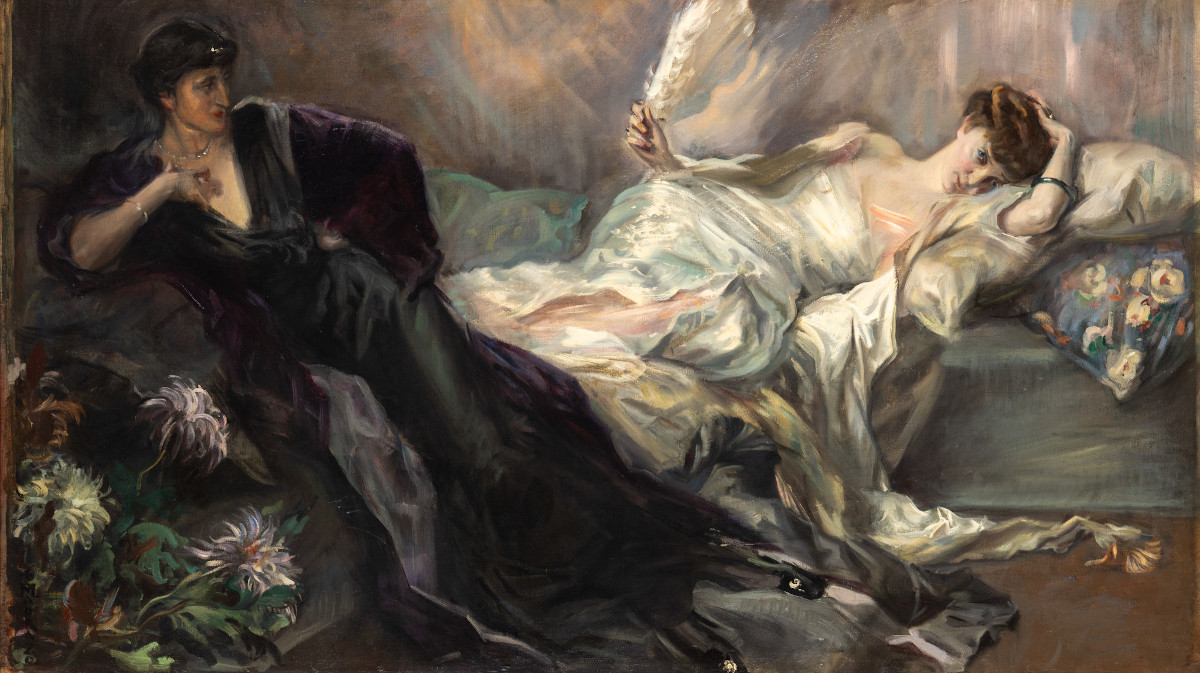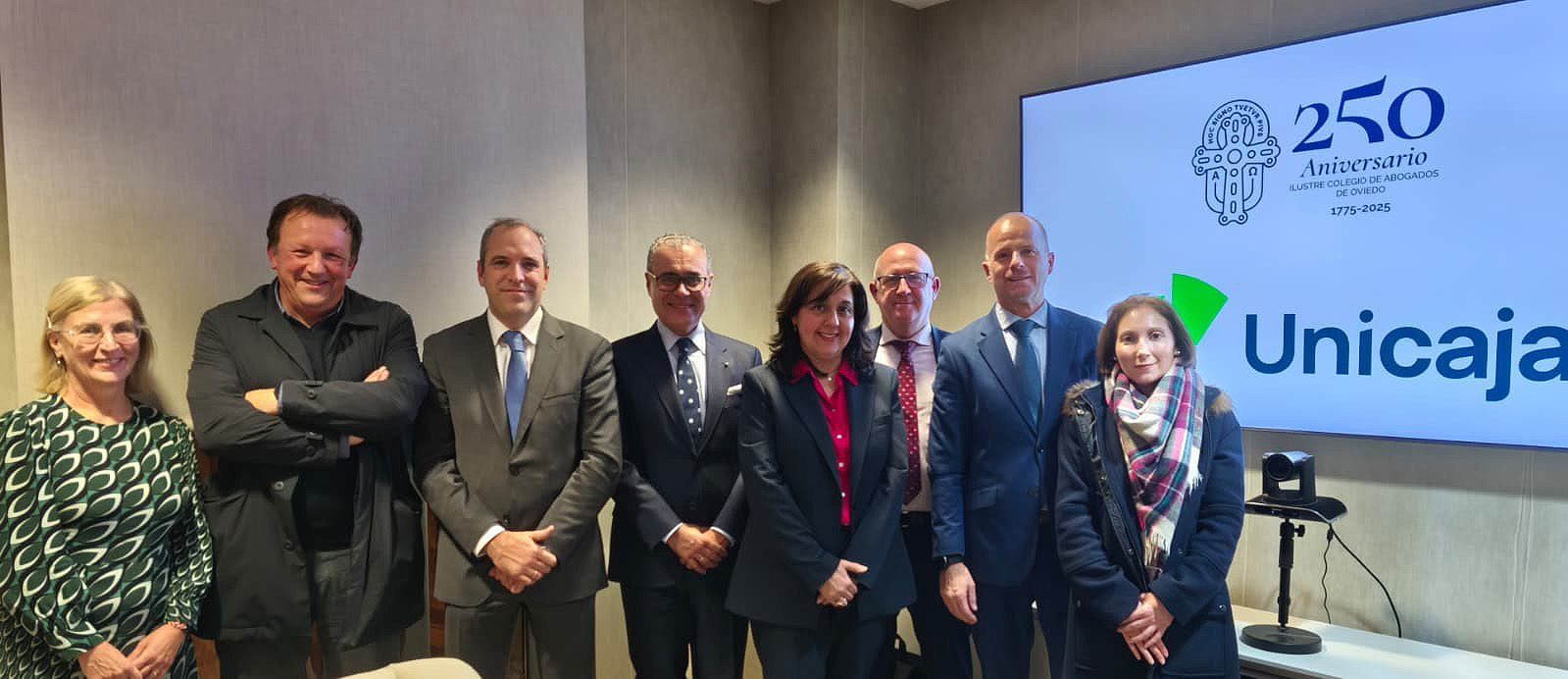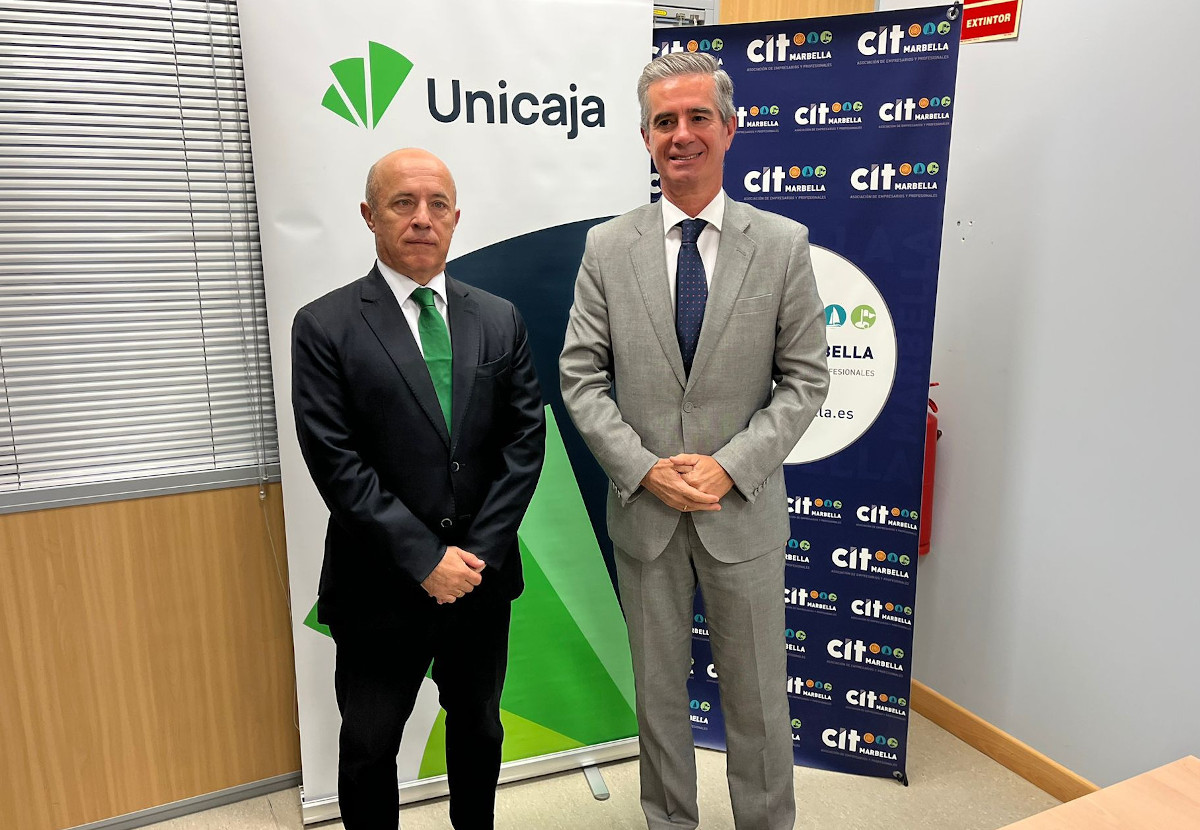The Revillagigedo Palace in Gijon will host, from 16 October, the exhibition 'Contemporary Painting in the Unicaja Collection (1865-2000)', which will remain open to the public until 28 December. The exhibition brings together 84 works, selected from Unicaja's art collection, ranging from the second half of the 19th century to the 20th century, offering a journey through a century and a half of Spanish and international art.
The exhibition, curated by Gretel Piquer, presents a selection of more than 70 artists, including Evaristo Valle, Darío de Regoyos, María Gutiérrez Blanchard, Fernando Zóbel, Gustavo Torner, Juan Genovés, Eduardo Úrculo, Isabel Villar and Juan Uslé. Their paintings provide a panoramic view of the evolution of contemporary creation in Spain, in parallel to other works of international signature, throughout a century and a half of art history.
The pieces have been selected by Javier Barón and are distributed in seven thematic sections, covering different periods and artistic movements.
The first of these, 'From Realism to Symbolism', explores these two great movements of the 19th century. The 'Post-Impressionism' section brings together artists who broke with the academic tradition at the end of the 19th century, while 'The Influence of the Avant-Garde' highlights those creators who radically renewed art.
‘Postwar' analyzes the recovery of the Spanish tradition and the valuation of landscape as channels of a tempered modernity after the Civil War, and the section 'Informalism and Neo-Figuration' shows the artistic evolution of the 50s and 60s. North American and European artists of minimalism, conceptual art and neo-expressionism star in 'International Look', and 'Back to Painting' closes the tour with the return to figuration in the 1980s and 1990s.
The exhibition layout has been adapted to the characteristics of the Revillagigedo Palace, owned by Fundación Cajastur, allowing for a chronological tour in its irregular floor plan, organized around a central courtyard.
Unicaja, with this exhibition, reaffirms its commitment to the promotion and dissemination of artistic heritage in its commitment to culture and economic and social development of the areas where it operates, in this case, Asturias, as one of its regions of origin and where it maintains strong roots.



